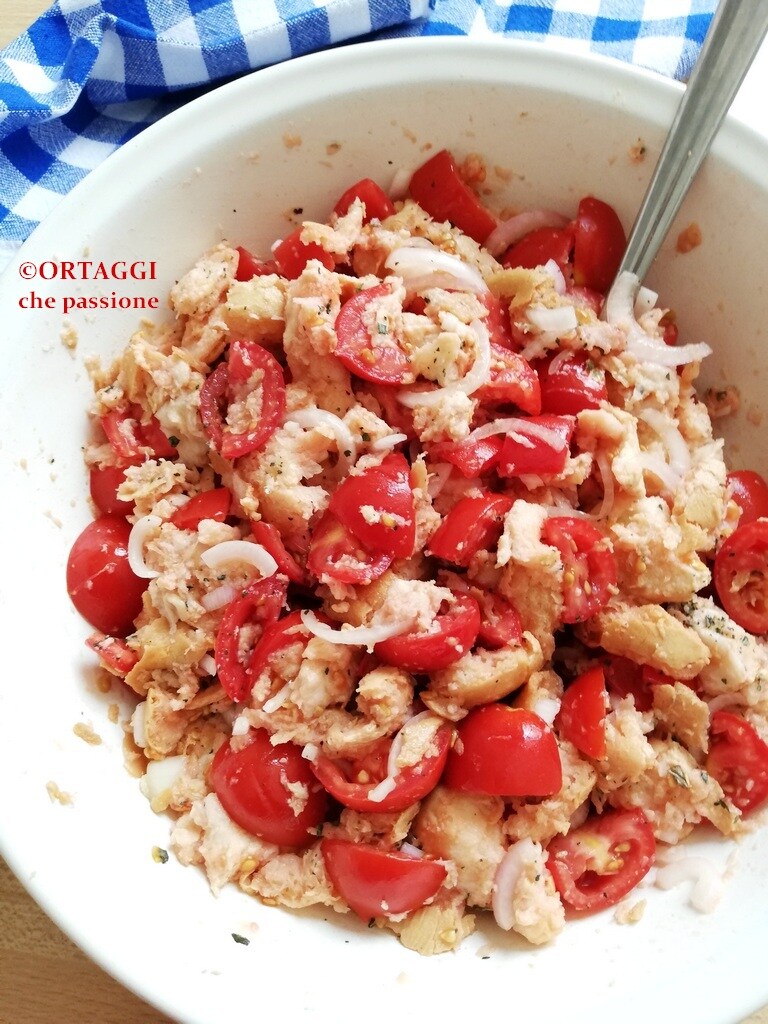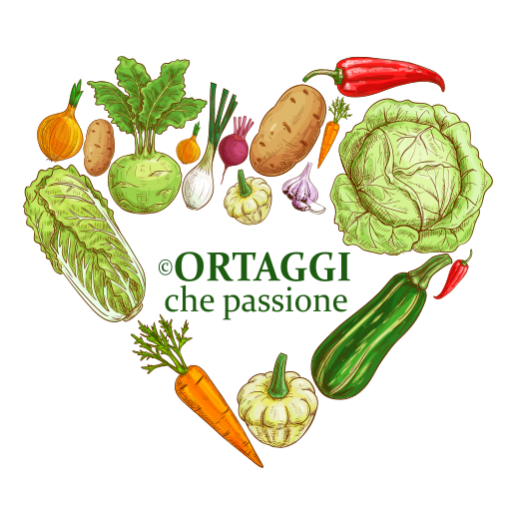The Tuscan panzanella is a humble dish from the farming tradition, perfect for the summer season, a recipe without cooking to recycle old bread (unsalted or stale bread). Grandma Benedetta often prepares it in large quantities, keeps it in the refrigerator, and it’s even better the next day.
The various versions slightly change from region to region, as well as from family to family. An original recipe from central Italy, famous in Umbria, Naples, Rome, Liguria (frega), Marche, Sicily, and Apulia (cialledda or acqua e sale). There is also a winter reinterpretation, or the crispy version.
#cucumbers – from May to September
#tomatoes – from May to October
Recipes to recycle old bread

- Difficulty: Easy
- Cost: Economical
- Rest time: 1 Hour 20 Minutes
- Preparation time: 20 Minutes
- Portions: 4People
- Cooking methods: No cooking
- Cuisine: Italian Regional
- Region: Tuscany
- Seasonality: Summer, Autumn
- Energy 198.32 (Kcal)
- Carbohydrates 30.56 (g) of which sugars 5.78 (g)
- Proteins 4.65 (g)
- Fat 7.54 (g) of which saturated 1.06 (g)of which unsaturated 0.20 (g)
- Fibers 3.68 (g)
- Sodium 316.02 (mg)
Indicative values for a portion of 283 g processed in an automated way starting from the nutritional information available on the CREA* and FoodData Central** databases. It is not food and / or nutritional advice.
* CREATES Food and Nutrition Research Center: https://www.crea.gov.it/alimenti-e-nutrizione https://www.alimentinutrizione.it ** U.S. Department of Agriculture, Agricultural Research Service. FoodData Central, 2019. https://fdc.nal.usda.gov
Tuscan Panzanella
- 5.3 oz stale bread (unsalted or toasted bread)
- 2/3 cup water
- 1 onion (red Tropea or a spring onion – about 100 g)
- 1.7 oz vinegar (red or white wine or apple vinegar)
- 1.7 oz water
- 21.2 oz tomatoes
- 3 tbsps extra virgin olive oil
- to taste salt (and oregano)
- 1 cucumber (or some capers)
- leaves basil (or parsley)
- olives
- carrots
- celery
- lettuce
How many calories are in a portion of Tuscan panzanella?
Tuscan Panzanella
Cut the bread into slices approximately 0.4 inches thick and place it on a wide tray (if you prefer, tear it into coarse pieces), soften it by pouring water (and vinegar) over it and pressing gently with your hands to soak well, then leave to rest for about 40 minutes.
Clean the onion, slice it thinly and place it in a bowl with 1.7 ounces of water and 1.7 ounces of white vinegar: let it marinate for at least 15 minutes, then drain.
Meanwhile, prepare the tomatoes, cutting them into cubes.
To the soaked and crumbled bread, add the drained onions from the brine, then add the diced tomatoes, any cucumber slices, and hand-torn basil.
Let the obtained panzanella rest in the refrigerator for at least 40 minutes, before serving, season with oil, vinegar, and salt.
VARIATIONS of Tuscan panzanella
With or without:
– cucumbers
– basil and/or mint
– chives
– with bread in cubes or slices
– with crunchy bread (baked) or completely softened by liquid
Let your imagination and favorite combinations run free.
How to store panzanella?
Tuscan panzanella can be kept in the refrigerator for up to 3 days, it’s important to season it only before serving to not spoil the texture of fresh vegetables.
FAQ (Frequently Asked Questions)
What is the origin of panzanella?
Panzanella is a traditional dish from Tuscan cuisine, originally created as an economical way to use stale bread. Originally, it was prepared by farmers with bread, onion, and olive oil, and later tomatoes, cucumbers, and basil were added.
When is panzanella eaten?
Panzanella is mainly eaten in the summer when tomatoes and cucumbers are fresh and in season. It’s a fresh and light dish, perfect for hot days, ideal as a starter or main dish.

